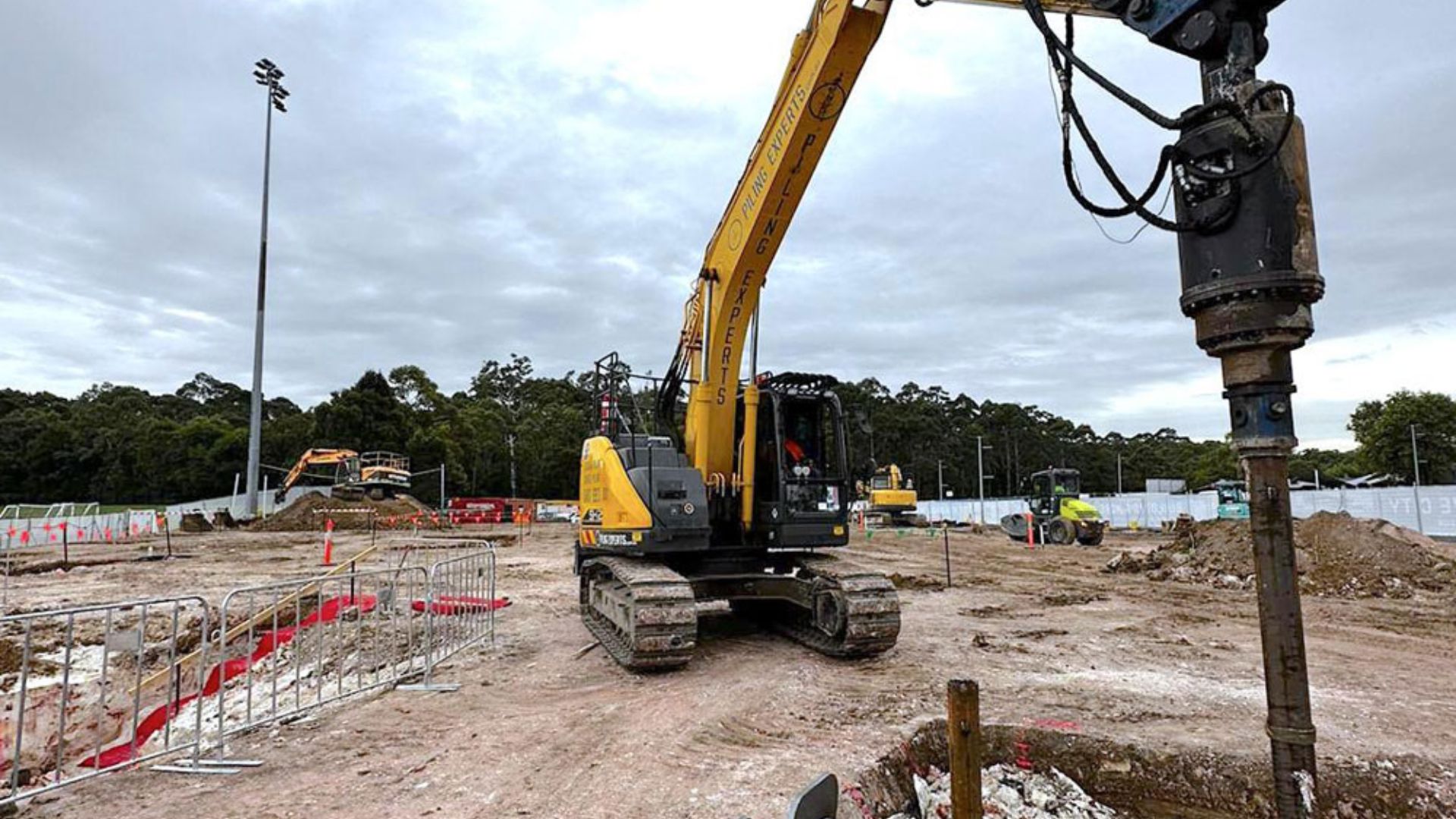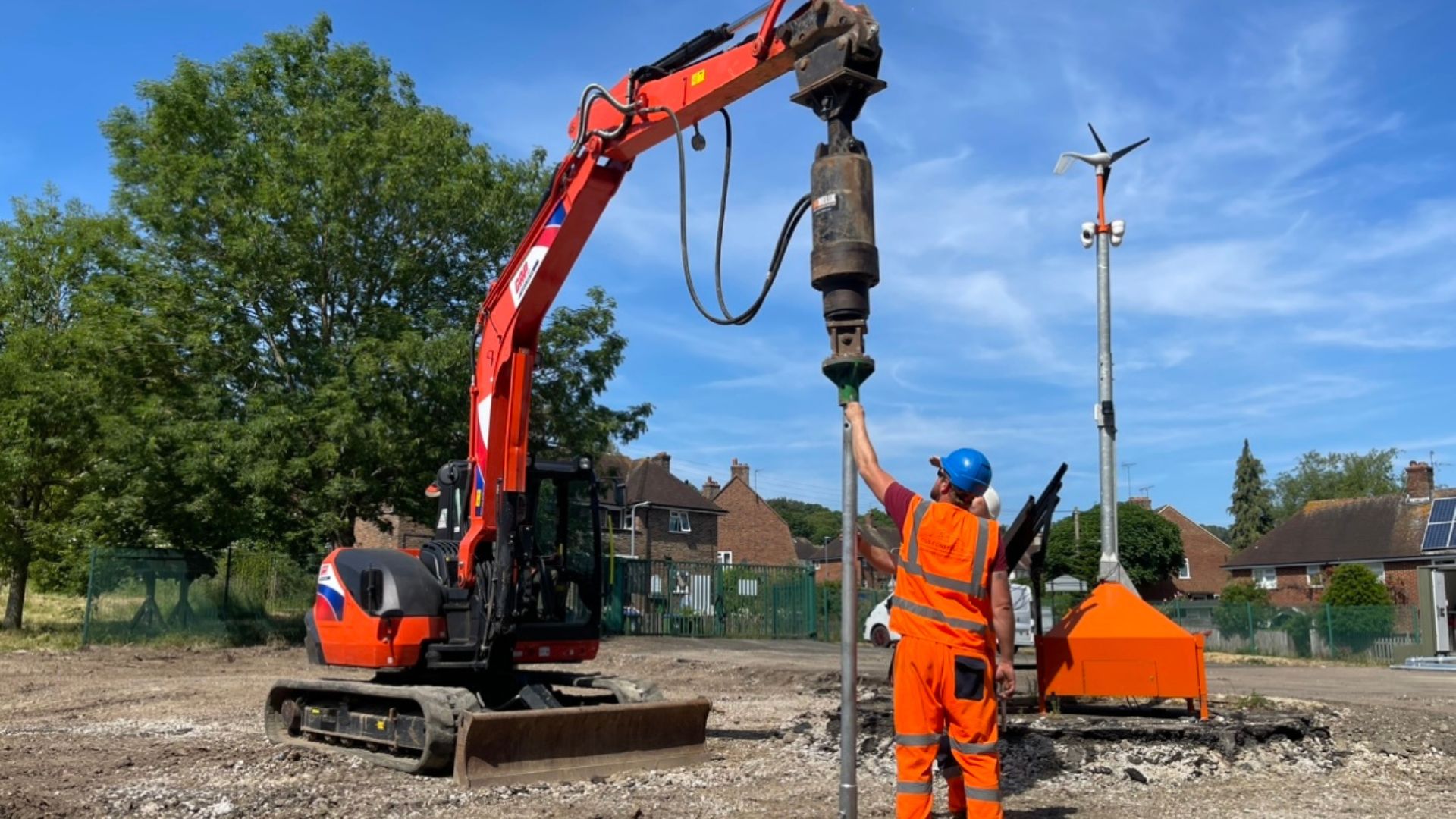Why Weak Soil is a Challenge for Foundations
Certain soil types lack the strength and compaction needed to support heavy loads. Common problematic soils include:
- Clay Soil Expands and contracts with moisture changes, causing movement.
- Sandy Soil Lacks cohesion, making it prone to shifting.
- Peat or Organic Soil Compresses over time, leading to uneven settling.
- Water-Saturated Soil Can’t provide solid ground support for heavy foundations.
How Screw Piles Enhance Stability in Weak Soil
Deep Penetration for Solid Load Support
Unlike traditional foundations that rely on surface-level stability, screw piles drill deep into the ground to reach stable soil layers. This provides a secure anchoring point even in soft or loose soil conditions.
Helical Blades Provide Grip and Load Distribution
The helical blades on screw piles create a firm hold in the soil, preventing movement. Instead of relying on weight alone, they distribute the load evenly and resist shifting.
No Heavy Excavation or Soil Displacement
Traditional foundations require digging, compacting, and adding fill material, which can further disturb weak soil. Screw piles are installed with minimal soil disruption, preserving the natural stability of the area.
Immediate Load-Bearing Capacity
Unlike concrete foundations that need curing time, screw piles are ready to support structures immediately after installation. This is especially useful for projects in unstable soil that needs immediate reinforcement.
Resistance to Frost Heave and Water Damage
Weak soil is often affected by seasonal temperature changes and water retention. Screw piles extend below frost lines and high-water tables, preventing heaving, shifting, or sinking caused by environmental conditions.

Why Choose Screw Piles for Weak Soil Conditions?
- Ideal for unstable ground where concrete foundations may struggle.
- Quick installation with minimal site disruption.
- Prevents settling, shifting, and structural damage over time.
- Works in wet, clay, sandy, and high-moisture environments.
- Long-lasting and cost-effective compared to deep concrete footings.



